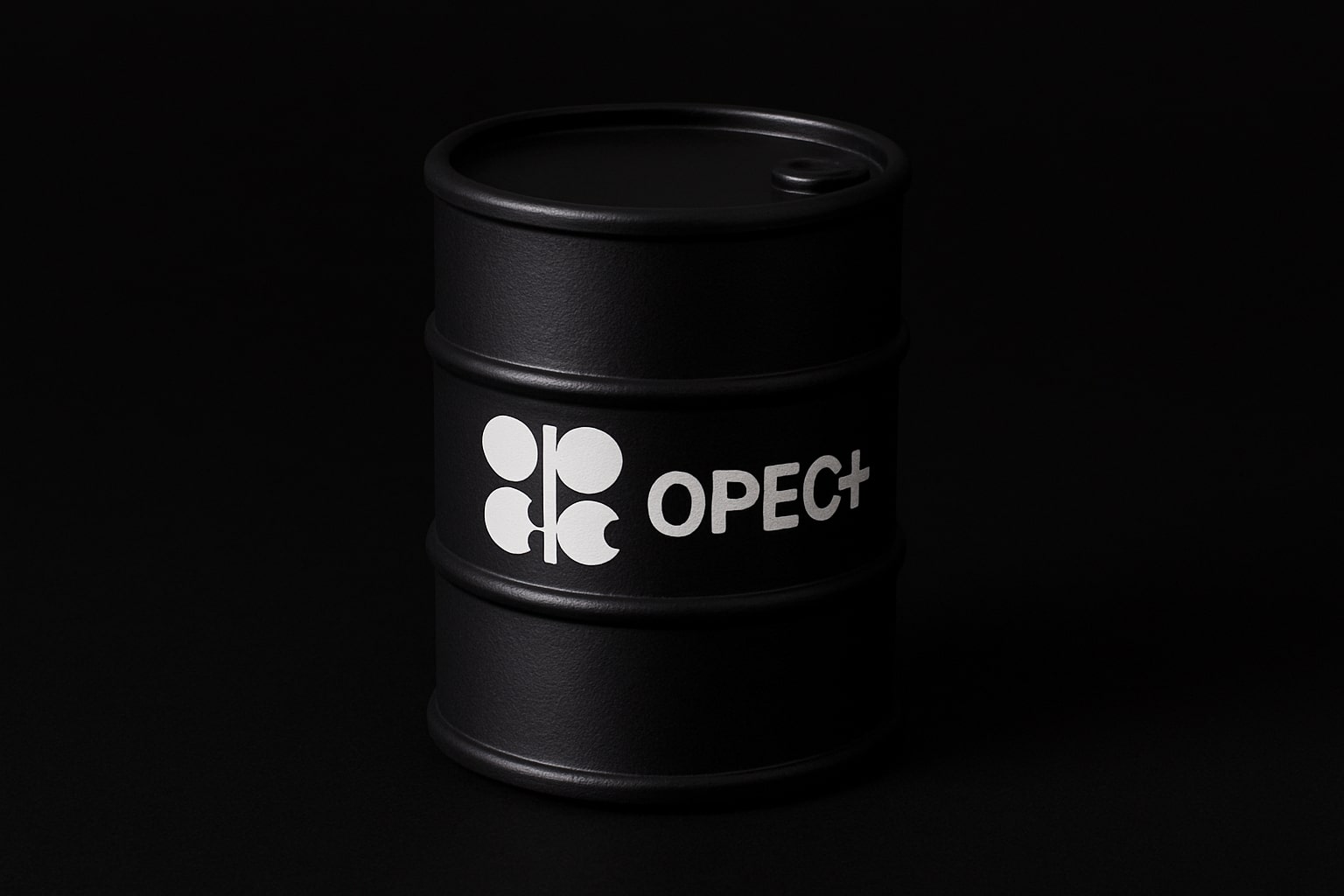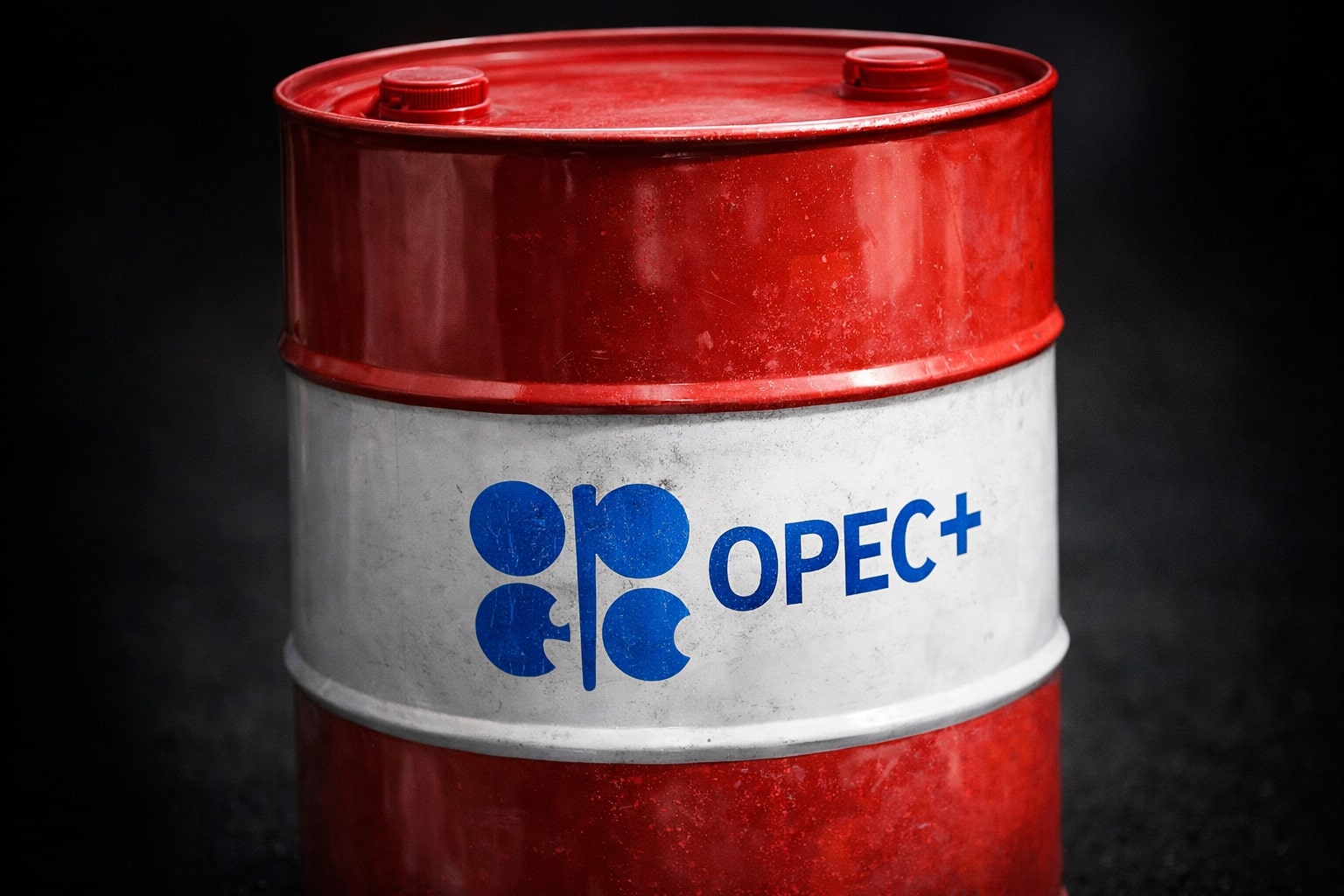
Oil Price Forecast: WTI (CL=F) at $63 and Brent (BZ=F) $67 Face Supply and Geopolitical Pressures
Russian sanctions, OPEC+ discipline, Asian imports, and U.S. inventory swings drive volatility as traders assess whether oil’s rebound can sustain above $65–70 | That's TradingNEWS
WTI (CL=F) and Brent (BZ=F) Stabilize Near $63–$68 Amid Supply Risks
West Texas Intermediate settled at $63.66 per barrel, up 0.22%, while Brent crude held at $67.73, supported by tighter OPEC+ barrels and shrinking U.S. inventories. The OPEC basket rose 2% to $70.01, highlighting producer discipline even as demand indicators remain uneven. Market watchers are eyeing whether this price corridor can sustain or break higher as refinery runs and summer demand peak.
Geopolitical Premium Rebuilds as Sanctions and Conflicts Disrupt Flows
U.S. sanctions on Iran’s crude trade have intensified, limiting exports and tightening supplies. Ukrainian strikes have disrupted pipeline flows to Hungary and Slovakia, while drone attacks on Russian refineries highlight the vulnerability of key infrastructure. In the Middle East, Gulf states are balancing higher production with geopolitical constraints, creating a volatile risk premium that keeps Brent above $67.
Asian Buyers Realign Import Strategies as Chinese and Indian Demand Shifts
China’s fuel oil imports surged to a seven-month high, signaling refiners are securing lower-cost blends amid U.S. trade tensions. India resumed buying Russian barrels through the shadow fleet despite Western sanctions, showing how Asian buyers continue to anchor demand outside OPEC’s direct control. South Korea faces structural challenges in absorbing U.S. WTI due to refinery configurations skewed toward heavier Middle Eastern grades, even as Washington pushes for larger purchases.
U.S. Inventory Draws and Refinery Recoveries Tighten Market
Recent U.S. data showed crude inventories contracting, lending support to WTI above $63. BP’s Whiting refinery, after severe flooding, is restarting and expected to run at full rates next week, boosting gasoline output and tightening local crude balances. Gasoline prices remain soft at $2.159 per gallon, down 0.06%, reflecting seasonal swings in demand despite higher crude.
OPEC+ Discipline and Production Trends Keep Brent Anchored
Angola’s production dropped below 1 million barrels per day for the first time since leaving OPEC, showing how African output remains under strain. Norway, by contrast, exceeded forecasts with new North Sea discoveries, reinforcing non-OPEC supply resilience. Saudi and Iraqi long-term contracts continue to dominate Asian refineries, limiting the upside for U.S. crude expansion abroad.
Macro Backdrop: Tariffs, Trade Deals, and Demand Risks
Trump’s tariff policies are reshaping global energy trade, with South Korea pledging $100 billion in U.S. energy purchases under a 15% tariff cap deal. The U.S. and EU finalized a $750 billion trade pledge tied to energy, ensuring American supply lines remain politically embedded. Meanwhile, the IEA cut demand forecasts, warning of oversupply risks as global petrochemical margins collapse, underscoring the risk that prices may soften if consumption lags refinery throughput.
That's TradingNEWS
Read More
-
GPIX ETF Climbs to $52.54 as 8% Yield Turns S&P 500 Volatility Into Income
02.01.2026 · TradingNEWS ArchiveStocks
-
XRP ETF Rally: XRPI $11.54, XRPR $16.35 And XRP-USD At $1.99 Aim For A $5–$8 Cycle
02.01.2026 · TradingNEWS ArchiveCrypto
-
Natural Gas Price Forecast: NG=F Tests $3.50–$3.60 Floor Before LNG Wave
02.01.2026 · TradingNEWS ArchiveCommodities
-
USD/JPY Price Forecast - USDJPY=X Holds Near 157 as BoJ Caution and Fed Cut Bets Drive the Move
02.01.2026 · TradingNEWS ArchiveForex



















